Contact Us
- Address: Réservations par internet seulement
- Email: infoSPAMFILTER@spaceobs.com
- Phone: No telephone
- Cellphone: No telephone
- Website: www.spaceobs.com
Next moons
20-11-2025 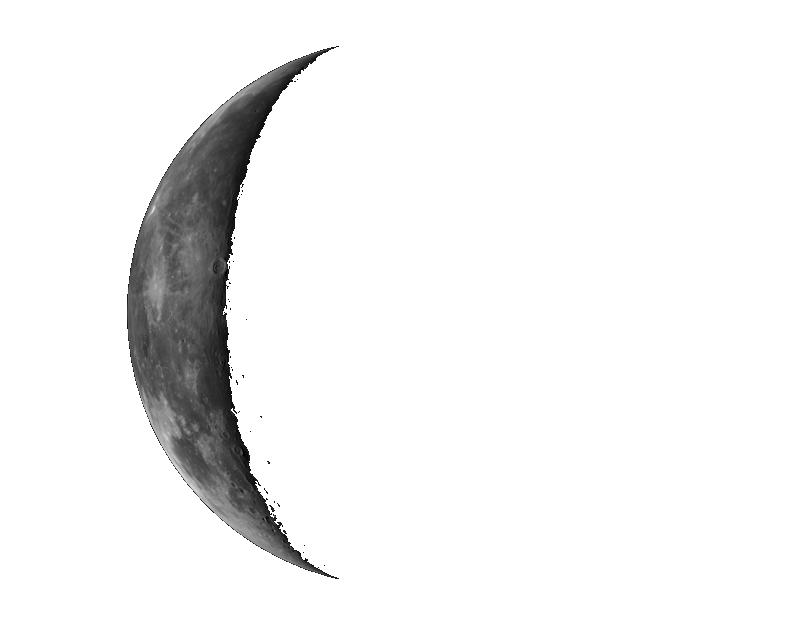 | 28-11-2025 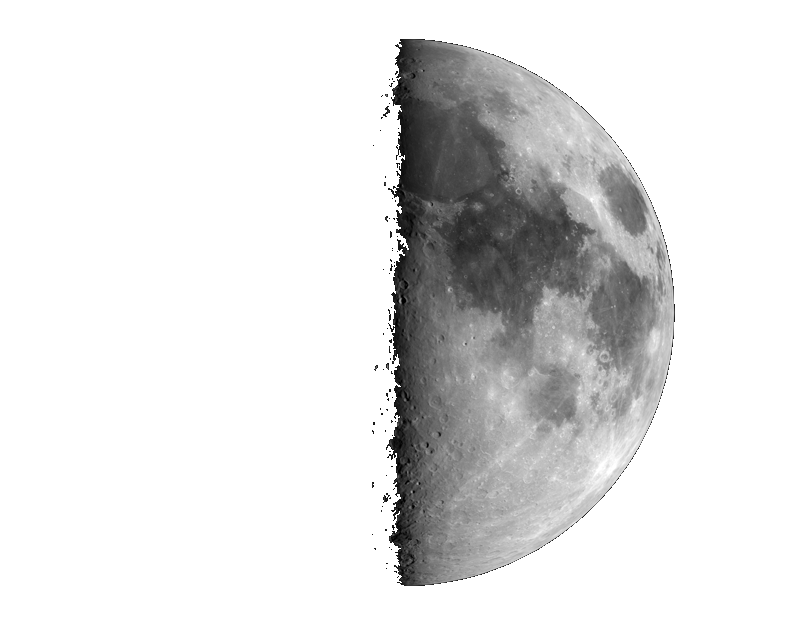 |
04-12-2025  | 11-12-2025 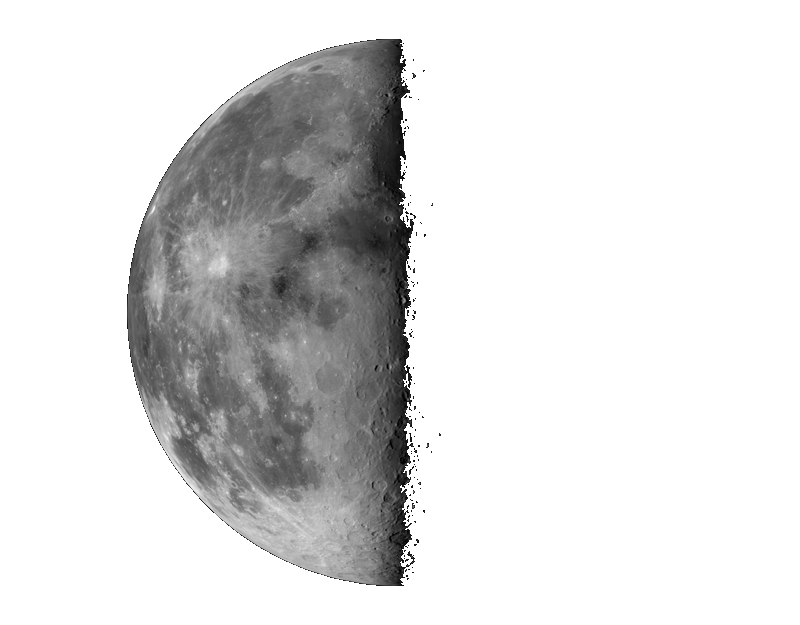 |
Sponsors
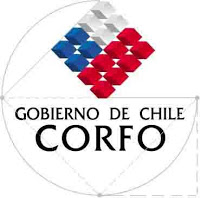
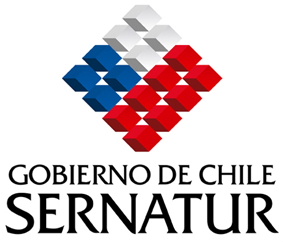
Generalities
As far as weather is concerned, it is important to know that we have two winters here. The "regular" austral winter, from July to August, then the "altiplanic" winter, in January and February, the second one being normally worse than the first one. During January February, the weather is like most other places in the world, i.e. half clouded, half useable. In July August, sometimes the weather stays perfect, some other times it can be a bit cloudy. The rest of the year is basically clear most of the time. For example, between August 28th, 2004 to January 5th, 2005, there were 5 cloudy nights. Of course, there are exceptions, and it would be very risky coming only one night to observe, Murphy is also a bastard in the Atacama desert. Of course, it is important to avoid the full moon period.
As far as regular tourism, I could recommend reading my page on general tourism in Chile. Moving around Chile is easy, transport systems work well, and the country is as safe as any other place in the civilized world. Relatively few people speak english, but it is possible to go around relatively easily even if you don't speak spanish (I arrived here without any notion of spanish, of course if you come you don't have to get married here like I did :) ).
The observatories:
It would be weird as an amateur astronomer to come here and not take advantage to visit a few observatories.
Here are the web sites of the chilean observatories :
Cerro Tololo, Cerro Pachon
Las Campanas observatory
ESO La Silla
ESO Paranal - To visit Paranal, see here
ESO ALMA
It is possible to visit the professional observatories, making reservations several months in advance. They are normally opened for visits on saturday and sundays, which forces to make choices, mainly with the observatories located near La Serena. For the VLT, the visits are made only in the last two week ends of the month. It is possible to contact the offices of each observatory, or take a specialized guide, which will be able to organize the visit and make the tour for you. We recommend our friend Hernan Julio. For the VLT, once you have obtained the official authorisation (don't even think of arriving at the observatory without any authorisation and outside of the regular visits), you need to rent a pick up truck in Antofagasta ( with a small car, you may puncture a tire on the track to the VLT), and drive on your own to the observatory in order to be on time for the visit. Of course, it is impossible to stay there at night. Be aware that there is traffic all the time on the road to Paranal, big trucks driving relatively fast. If you want to stop, you really want to go off road.
ALMA being so far in construction, there is nothing to visit so far, and there are no visits organized there, at least as long as there will be no medical permanence on site. There are a few instruments there, like the japanese ASTE antenna from Tokyo University on the Pampa La Bola at 4800 meters of altitude. Then the Caltech Background Imager on the Chajnantor plateau, and finally APEX, the ALMA Pathfinder EXperiment, which started working in 2005. These sites are all located above 5000 meters of altitude.
Another astronomical visit in the area is the Monturaqui impact crater. Located to the south of the Salar de Atacama, it requires a four wheel drive vehicle, and a day to make the back and forth trip (which could give the opportunity to visit Toconao, Socaire and a few other places). The easiest way is to contact us.
In San Pedro:
We organize tours for the general public, which allow to see the main nebulae of the sky, austral too. Eventhough it is not mandatory for us, we try to receive friendly and competent amateurs with a special attention, allowing them to use the telescopes while we don't use them during the tour (i.e. while we show the naked eye sky and explain the constellations).
What we have seen several times are amateur astronomers who mainly wanted to see the austral sky objects, and which finally started to look in the north too. They knew these objects, but had never observed them with a sky like ours.... While it is impossible to guarantee 100% clear weather, or exceptional nights, the zodiacal light is normally visible, the gegenshein too (when it is not in the Milky Way and there is no moon of course) and sometimes the whole zodiacal arc. The magnitude of the sky background on a moonless and milky wayless sky is very often better than 21.8 and has been measured up to 22.2
One of the most frustrating experience for an amateur astronomer seeing the chilean skies is to not have any instrument or a very small refractor or binoculars, and being only able to imagine what these objects look like in a real telescope.
We rent telescopes for the experienced amateur (send an email with your web page). If you don't know how to use a telescope, this is not for you.
We currently rent a Takahashi EM200 mount with FS102 refractor, 70mm guidescope and ST4 guiding camera. It is under a shelter and correcly polar aligned. It rents for 30000 chilean pesos per night.
If you want to see images taken with the Takahashi mount, you can look for example at Cyril Cavadore 's web site with images taken here with a Canon 20D, or Pierre Schmid 's web site with a Canon 20Da. More recently (June 2007), Philippe Lopez came here with his own mount to make some nice images with his Canon 5D. Some other images taken with Serge Brunier with a Nikon D100.
A mosaic of Centaurus
A milky way rising
A view of the zodiacal light in the morning
A complete view of the Milky Way with a 10mm fish eye
We also can rent our 33cm and our 45cm telescope. For the whole night, the price of telescope renting is 1000 chilean pesos per cm of aperture (30000 for the 33cm, and 45000 for the 45cm). Another solution is to use the telescopes after my tours, in which case the 60cm is useable. In this case, the telescope rental is half price.
Lodging in San Pedro for the observer:
Since Octobre 2007, we offer at Atacama lodge an hotel for the amateur astronomer. We are about 7km to the south of San Pedro. It is necessary to have a vehicle to come here. It is possible to rent the telescopes there (we never rent telescopes on other site) and to take an hotel in town. But in practice, it is quite hard to sleep in the morning when you have the other tourists leaving at 4 to the Tatio geysers, others at 5 to take their airplanes in Calama, other at 8, etc... our place is very quiet, then you can observe and go in your lodge to prepare a hot coffee or chocolate, take a nap when the mount is shooting. Another aspect is that in the winter the night time temperature is very low (like -15°C) and being inside while the telescope runs is a very nice thing. The page for the lodges is here.
20-11-2025  | 28-11-2025  |
04-12-2025  | 11-12-2025  |

